In 1996, for the first time in the history of Southeast Asia, two neighbouring countries mutually agreed to peacefully resolve an emotive territorial dispute between them through the involvement of a third party, on the basis of international law. In that year, Malaysia and Indonesia agreed to submit their respective claims for sovereignty over Pulau Ligitan and Pulau Sipadan for adjudication by the International Court of Justice (ICJ) in The Hague.
The first case from Southeast Asia which came before the Court in 1959 was not by mutual agreement. Cambodia had then unilaterally applied to the Court to declare the Temple of Preah Vihear — which was situated on the border between the two countries — as belonging to Cambodia instead of Thailand. In 1962, the Court did rule in favor of Cambodia. The case of Pulau Ligitan and Pulau Sipadan acquired even greater
significance, although unintended, when the issue of the Philippine claim to Sabah came before the Court at the same time — and the ICJ pronounced its verdict, albeit indirectly, that the Philippines had no case to make.
HISTORY OF THE DISPUTE BETWEEN MALAYSIA AND INDONESIA
The status of Pulau Ligitan and Pulau Sipadan had become an issue in 1969 when Indonesia disputed Malaysia’s sovereignty over the two islands during negotiations on the delimitation of the continental shelf boundaries between the two countries.
Between 1992 and 1994, three rounds of informal talks were held between officials of both countries to resolve the issue but without any success.
In September 1994, Dr. (Tun) Mahathir Mohamad and President Soeharto agreed, since the talks at the level of officials could not make any progress, to let the discussions continue at the level of their personal representatives. To undertake this task, Prime Minister Mahathir appointed Anwar Ibrahim, then Deputy Prime Minister, while President Soeharto appointed Moerdiono, then Minister/ State Secretary.
Anwar and Moerdiono met four times; July 1995 (Jakarta), September 1995 (Kuala Lumpur), September 1995 (Jakarta) and June 1996 (Kuala Lumpur).
At the conclusion of the fourth round of their meetings, DPM Anwar and Minister Moerdiono, based on suggestions made to them by officials involved in the informal round of talks, recommended to Prime Minister Mahathir and President Soeharto, for the two Heads of Government to consider and agree, that Malaysia and Indonesia request the ICJ to determine the question of sovereignty over Pulau Ligitan and Pulau Sipadan. They also agreed to recommend that any decision of the ICJ on the matter should be accepted by the Government of Malaysia and the Government of Indonesia as final and binding.
AGREEMENT TO REFER THE DISPUTE TO THE ICJ
In October 1996, when they met in Kuala Lumpur, Dr. (Tun) Mahathir Mohamad and President Soeharto agreed that the issue of sovereignty over Pulau Ligitan and Pulau Sipadan be referred to the ICJ.
For non-signatories to the Statutes of the ICJ (both Malaysia and Indonesia were non-signatories), a Special Agreement between the parties was required if the parties desired the ICJ to adjudicate their dispute. Two rounds of meetings of officials were held to negotiate the text of the Special Agreement for submission to the
ICJ the dispute between Malaysia and Indonesia concerning sovereignty over Pulau Ligitan and Pulau Sipadan.
The first round was held in Kuala Lumpur (January 1997) and the second round in Bandung (April 1997). During the second round, the two sides reached consensus on the text of the Agreement. In his closing remarks at the meeting, the Leader of the Malaysian Delegation paid tribute to President Soeharto who played a big part in facilitating a peaceful resolution of the dispute, having spoken about the importance of resolving the issue of Pulau Ligitan and Pulau Sipadan in order not to burden future generations with an unresolved issue which could exacerbate in the future if it was not settled by peaceful means at this time.
On 31 May 1997, the Special Agreement was signed by the Foreign Ministers of Malaysia (Abdullah Ahmad Badawi) and Indonesia (Ali Alatas)[1].
Following that, and as provided for in the Special Agreement, Malaysia and Indonesia simultaneously submitted to the ICJ three rounds of written pleadings regarding their respective cases: Memorial (2 November 1999), Counter Memorial (2 August 2000) and Reply (2 March 2001).
The ICJ held the Oral Hearings for the Case Concerning Sovereignty Over Pulau Ligitan and Pulau Sipadan (Indonesia/ Malaysia) from 3 to 12 June 2002, in The Hague.
[1]Special Agreement for Submission to the International Court of Justice of the Dispute Between Malaysia and Indonesia Concerning Sovereignty over Pulau Ligitan and Pulau Sipadan, 31 May 1997.
THE BASIS OF INDONESIA’S CASE
Indonesia contended that it had acquired the treaty title to Pulau Ligitan and Pulau Sipadan through the 1891 Anglo-Dutch Convention between Great Britain and the Netherlands, a Treaty which described the boundary separating the Dutch and British possessions on the island of Borneo. Indonesia argued that the meaning of Article IV of the 1891 Convention extended the land boundary at 4°10’ north latitude eastward into the sea, and the Islands of Ligitan and Sipadan were located to the south of that line, thus lying on the Indonesian side.
Article IV reads as follows:
“From 4°10’ north latitude on the east coast the boundary line shall be continued eastward along that parallel, across the island of Sebittik; that portion of the island situated to the north of that parallel shall belong unreservedly to the British North Borneo Company, and the portion south of that parallel to the Netherlands”.[2]
Malaysia disputed Indonesia’s interpretation of Article IV of the 1891 Convention, and argued that the land boundary terminated on the eastern coast of Sebatik Island. The Treaty itself referred to no map, and no map was attached to it. Malaysia based its argument on the meaning of the words actually used in the Treaty.
[2] Memorial of Malaysia, Volume 1, paragraph 8.4.
And the words meant that the boundary did not extend far eastward into the sea as to show the Islands of Ligitan and Sipadan south of any line as theorized by Indonesia.
MALAYSIA’S CASE WAS BASED ON TWO ARGUMENTS
Malaysia’s case as based on a chain of title Firstly, Malaysia argued that it and its predecessor states had acquired a good title to Pulau Ligitan and Pulau Sipadan through a series of treaties with other states with interests in the area. These treaties included the 1878 cession and grant by the Sultan of Sulu to Alfred Dent and Baron von Overback, as representatives of a British company, of certain parts of his territories and lands in the Island of Borneo. Then followed the recognition of British rights to North Borneo by Spain in 1885, by the Netherlands in 1891 and by the United States in 1930. Sabah, including Pulau Ligitan and Pulau Sipadan, finally became part of Malaysia under the Malaysia Agreement of 1963.
Malaysia’s case as based on effectivités Secondly, Malaysia had also submitted, in the written pleadings and during the oral proceedings, various evidence that Pulau Ligitan and Pulau Sipadan had in fact been in the possession and subject to the actual administration of Malaysia and its predecessors in title from 1878 while it was impossible for Indonesia to assert the same.
INDONESIA’S ALTERNATIVE ARGUMENT
On the last day of its turn to speak in the Court, Indonesia stated, as an alternative and subsidiary argument, that if the ICJ were to find the 1891 Convention incapable of conferring sovereignty over Pulau Ligitan and Pulau Sipadan to the Netherlands/ Indonesia, their sovereignty over the two islands could equally be established as successor in title from the Sultan of Bulongan.
THE COURT DECIDED IN FAVOUR OF MALAYSIA
The Court did not give weight to Malaysia’s arguments based on the chain of title. However, Malaysia’s effective possession and administration of Pulau Ligitan and Pulau Sipadan was duly recognized by the ICJ.
The Court stated that the measures taken by Malaysia including the regulation and control of the collection of turtle eggs on Pulau Ligitan and Pulau Sipadan and the establishment of a bird reserve on Sipadan must be seen as regulatory and administrative assertions of authority (effectivités) over the territory which is specified by name.
The Court concluded that these and some other activities undertaken by Malaysia, although modest in number, covered a considerable period of time and showed a pattern revealing an intention to exercise State functions in respect of the two islands in the context that the effectivités relied upon by Indonesia lacked the requisite intention and will to act in a sovereign capacity.
In its Judgment delivered on 17 December 2002, the Court decided, by a majority vote of 16 to 1, that sovereignty over Pulau Ligitan and Pulau Sipadan belonged to Malaysia.[3]
The case was thus won by Malaysia on the basis of its effectivités, rather than its arguments based on the chain of title.
INTERVENTION BY THE PHILIPPINES
At this point, this account back-tracks in time to narrate the action taken by the Philippines to intervene in this case between Malaysia and Indonesia.
It all began on 22 February 2001, just before the completion of the written phase of the proceedings, when the Philippines applied to the ICJ to obtain copies of the pleadings of Malaysia and Indonesia concerning the case. Both Malaysia and Indonesia objected to the request from the Philippines. This request was accordingly denied by the Court.
After failing to obtain copies of the documents exchanged between Malaysia and Indonesia, the Philippines took the next step to become fully involved as an interested party in the case. For this purpose, on 13 May 2001, the Philippines filed an application to intervene in the proceedings before the Court.
The application was made under the provisions of Article 62 of the statutes of the ICJ which reads as follows:
- Should a state consider that it has an interest of a legal nature which may be affected by the decision in the case, it may submit a request to the Court to be permitted to intervene.
- It shall be for the Court to decide upon this request.
Both Malaysia and Indonesia registered their objections to the Philippine application. Accordingly, the ICJ held special Oral Hearings to consider the Philippine application for intervention. This took place in the Court in The Hague from 25 to 29 June 2001.
During the Oral Hearings, the Philippines made explicit that its request to intervene was intended to serve two purposes: first, to preserve its claim to dominion and sovereignty over North Borneo and second, to inform the Court how its claim to Sabah might be affected by the Court’s decision in the present case between Malaysia and Indonesia.
The Philippines also informed the Court that it was not making any claim to Pulau Ligitan and Pulau Sipadan. It merely wanted to protect its interests when the Court would finally decide on the sovereignty over the two islands in dispute between Malaysia and Indonesia.
HISTORY OF THE PHILIPPINE CLAIM TO SABAH
In 1962, the Philippines took certain actions to exert its claim to Sabah, in the context of a campaign of opposition to the formation of the Federation of Malaysia.
In 1962, one Mohammad Esmail Kiram, claiming to be the Sultan of Sulu and acting with the advice and consent of a dubiously convened Ruma Bechara, signed together with Emmanuel Pelaez, then Vice President and Secretary of Foreign Affairs, an Instrument of Cession of the Territory of North Borneo to the Republic of the Philippines. This act, according to the Philippine argument, effected a transfer of sovereignty over Sabah to the Republic of the Philippines.
In 1968, Malaysian and Philippine officials met in Bangkok to discuss ways for the Philippines to drop its claim amicably and honourably. However, the talks broke down upon the insistence of the Philippine Delegation that the way forward was to take the matter to the International Court of Justice for a decision.
By courtesy of Article 62 of the Statutes of the ICJ, the Philippines finally had its day in court in 2001, albeit via the rear entrance.
It quickly became obvious to all present in the Court during the Oral Hearings that their legal grounds for requesting to intervene in the case were very weak indeed. But the Philippines succeeded, nevertheless, in using their appearance in the Court to expound, and placed on the Court’s record, the details surrounding the Philippine claim to Sabah.
MALAYSIA’S REBUTTAL OF THE PHILIPPINE CLAIM TO SABAH
Although the Court hearings were meant to debate only the issue of the Philippine request for intervention in the case between Malaysia and Indonesia, the Malaysian Delegation had no choice but to challenge the extraneous exposition made by the Philippine Delegation regarding the Philippine claim to Sabah. The Malaysian Delegation explained why Malaysia rejected the Philippine claim to Sabah, absolutely and unconditionally. Malaysia asked the Court to take note that the arguments advanced by the Philippine Delegation were substantively flawed and the object of their claim was territorially imprecise. Malaysia informed the Court that, as an international entity, the Sultanate of Sulu disappeared in September 1878 when Spain at last succeeded in conquering the Sultanate. It disappeared as an entity of any kind whatsoever when the United States abolished the Sultanate entirely in 1936 upon the death of the last Sultan of Sulu in that year. Thereafter the private law heirs of the private property of the Sultan accepted money which had previously been paid to the Sultan. They did so pursuant to a judgment of the High Court of the State of North Borneo in 1938, which dealt with the legal situation following the final abolition of the Sultanate. That
judgment made it clear that the right to the money had nothing whatever to do with any question of sovereignty.
Malaysia explained to the Court the sovereign status of British North Borneo before and up to 1962. Great Britain and Germany recognized the sovereignty of Spain over the Sulu Archipelago and the limits of Spanish influence in the region in the Madrid Protocol of 1885. Under the same agreement, Spain had relinquished all claims to Borneo. Subsequently, the United States expressly recognized the Madrid transactions in its capacity as sovereign over the Philippines and as successor to Spain. The United States did so twice; in the 1907 Exchange of Notes and in the 1930 Boundary Convention, between the United States and Great Britain.
Malaysia emphasized to the Court that each of the treaties of 1885, 1907 and 1930 explicitly accepted that North Borneo was British territory, not Spanish, not American, and not Filipino. Therefore nothing that private citizens did in 1962 could possibly have changed that. Malaysia pointed out to the Court that it would be very odd indeed to suggest that the private law heirs of the last Sultan of Sulu could retain — in their collective possession, as it were — the late Sultan’s sovereignty over territory which they could transfer to the Philippines in a private law deed in 1962. Yet that was the proposition which the Philippine Delegation apeared to be making before the Court.
Malaysia further informed the Court that in the same year 1962, an election was held in North Borneo (and Sarawak) in which joining Malaysia was the key issue. The people decided by a substantial majority in favour of the pro-Malaysia party. A Commission [4] established by the then administering authority, Great Britain, reached the same conclusion. The Secretary-General of the United Nations confirmed it in 1963 [5] when he stated that there was no doubt about the wishes of a sizeable majority of the peoples of these territories to join the Federation of Malaysia.
Thus, in 1963 Great Britain relinquished its sovereignty over Sabah, and in that year Sabah became part of the new Federation of Malaysia.
THE COURT REJECTED THE PHILIPPINE APPLICATION FOR INTERVENTION
On 23 October 2001, the ICJ rendered its Judgment regarding the Philippine request to intervene in the case between Malaysia and Indonesia. The Court disallowed the request, stating that the Philippines had failed to demonstrate an interest of a legal nature that would entitle them to intervene in the case concerning sovereignty over Pulau Sipadan and Ligitan between Malaysia and Indonesia.
The result of the secret voting by the Court was 16 in favor of the majority opinion and 1 against.
The sole negative vote came from Judge Oda, who wrote a Dissenting Opinion [6] which included the following: Quote: I voted against the operative part of the Judgment, as I firmly believe that the Philippine request for permission to intervene in the case between Indonesia and Malaysia should have been granted. That vote has led me to express this dissenting opinion. I wish, however, to emphasize that my disagreement with the Court is limited at this time strictly to the issue decided in this Judgment, namely the Philippines right to intervene in these proceeding, and is not in any way indicative of my views in respect of the validity of any
claim the Philippines might have to North Borneo or in respect of the merits in the principal case between Indonesia and Malaysia. Unquote
[4] Report of the Commission of Enquiry, North Borneo and Sarawak (The Cobbold Commission Report).
[5] United Nations Malaysia Mission Report, 1963.
[6] Dissenting Opinion by Judge Oda, 23 October 2001, paragraph 1.
Another Separate Opinion entered by Judge ad hoc Franck who voted with the majority, which was recorded as forming part of the written Judgment, was most noteworthy. In one part of his separate opinion, Judge ad hoc Franck said that the Philippine claim to Sabah had become a purely historical matter because,
whatever the basis, it had been overtaken by the exercise of self-determination by the people of Sabah in 1963. [7]
[7] Separate Opinion of Judge ad hoc Franck, 23 October 2001, paragraph 15.
THE DIPLOMATIC AND LEGAL SIGNIFICANCE OF THE ICJ DECISIONS
The peaceful resolution of the dispute between Malaysia and Indonesia on the basis of international law was not only unprecedented for Southeast Asia but it also established a good model for the pacific settlement of disputes. The best solutions for problems between nations are normally secured through friendly negotiations. However, under the circumstances prevailing at that time, reference to the ICJ for adjudication proved to be the best option for both Malaysia and Indonesia.
The request for intervention by the Philippines produced an unexpected turn of events. For the first time, the so-called Philippine claim to Sabah came to be subjected to judicial scrutiny, albeit in an indirect manner. And it exposed the fact that the Philippine claim lacked clarity and its presentation in the Court involved serious unexplained discrepancies. The decision of the ICJ, in disallowing the request for intervention by the Philippines, including the independent observations made by two Judges, showed clearly that the attempt to interest the Court in the matter of the Philippine claim to Sabah had simply failed to prosper.
Malaysia objected to the Philippine request to intervene, and succeeded in preventing the Philippines from using Article 62 of the Statutes of the ICJ as a platform to advance its claim. Malaysia was satisfied with the opportunity it had to explain to the Court that not merely had the Philippines no right to intervene before
the Court in the case concerning Pulau Ligitan and Pulau Sipadan; it had no claim to make against Malaysia regarding Sabah. Malaysia amply demonstrated to the Court that in fact and in law, the Philippine claim to Sabah was totally lacking in foundation.
The intervention by the Philippines began as an irritant and a distraction to the proceedings in the Court between the two actual parties to the dispute — Malaysia and Indonesia. In the end, the Philippines not only failed in its bid to intervene but lost substantial ground — diplomatically and legally — in its attempt to resurrect the so-called Philippine claim to Sabah.
CONCLUSION
Malaysia won at the International Court of Justice — in both the intervention phase (Indonesia/Malaysia/Philippines) and the merits phase (Indonesia/Malaysia) — because Malaysia had a good case, and argued it fully and thoroughly. This was made possible by good teamwork including many years of researching thousands of documents and maps spanning several centuries, in archives and depositories, in Sabah, Peninsular Malaysia, the United Kingdom, the United States, India and The Netherlands. This research was conducted by officers of the Ministry of Foreign Affairs including Malaysian Embassies in the aforementioned countries, the Department of National Archives, the Department of Survey and Mapping, the Ministry of Land and Cooperative Development, the Navy, other Agencies of Government as well as several scholars and historians from universities in Malaysia and abroad.
The Ministry of Foreign Affairs (Wisma Putra) functioned as the lead agency in preparing and bringing this case to the ICJ. The Leader of the Malaysian Team at the Oral Hearings before the 17 Judges of the World Court in December 2002, in his capacity as Agent of Malaysia at the ICJ, was Abdul Kadir Mohamad, Ambassador-at-Large in the Ministry. Noor Farida Ariffin, Ambassador of Malaysia to the Netherlands, was the Co-Agent.
The international component of the Malaysian Team consisted of: (i) Sir Elihu Lautherpacht CBE, QC, Honorary Professor of International Law, University of Cambridge, (ii) Mr. Jean-Pierre Cot, Professor Emeritus, University of Paris, (iii) Professor James Crawford S.C, F.B.A, Whewell Professor of International Law, University of Cambridge, and (iv) Professor Nicholas Schrijver, Professor of International Law, Free University of Amsterdam and Institute of Social Studies, The Hague.
Tan Sri Abdul Kadir Mohamad had also been Secretary General of the Ministry of Foreign Affairs (1996-2001), after which he was appointed Ambassador-at- Large in 2001. However, the opinions expressed in this article are entirely his own and they do not necessarily reflect those of the Ministry of Foreign Affairs or the Government of Malaysia.
Note:
Readers who wish to read the details about the Case Concerning Sovereignty Over Pulau Ligitan and Pulau Sipadan (Indonesia/ Malaysia), including the Application for Permission to Intervene by the Government of the Philippines, can do so by accessing the website of the International Court of Justice at the Peace Palace in The Hague: http://www.icj.cij.org
REFERENCES
ICJ DOCUMENTS
The hard copies of the ICJ documents listed below are available in the Library of the Court in the Peace Palace in The Hague, while their soft versions are easily accessible on the Court’s website: http://www.icj-cig.org, or in the enclosed CDs.
Case Concerning Sovereignty over Pulau Ligitan and Pulau Sipadan (Indonesia/Malaysia)
Special Agreement for Submission to the International Court of Justice of the Dispute Between Malaysia and Indonesia Concerning Sovereignty over Pulau Ligitan and Pulau Sipadan signed on 31 May 1997, and jointly notified to the Court on 2 November 1998
Written Proceedings
Memorial of Malaysia, 2 November 1999
Memorial of the Republic of Indonesia, 2 November 1999
Counter-Memorial of Malaysia, 2 August 2000
Counter- Memorial of the Republic of Indonesia, 2 August 2000
Reply of Malaysia, 2 March 2001
Reply of the Republic of Indonesia, 2 March 2001
Oral Proceedings
(A) APPLICATION FOR PERMISSION TO INTERVENE BY THE PHILIPPINES
Verbatim records of the oral submissions made by the parties
during the public sittings of the Court
CR 2001/1, Monday 25 June 2001 (Philippines)
CR 2001/2, Tuesday 26 June 2001 (Indonesia/Malaysia)
CR 2001/3, Thursday 28 June 2001(Philippines)
CR 2001/4, Friday 29 June 2001 (Indonesia/Malaysia)
Judgment, 23 October 2001, inclusive of
Dissenting opinion of Judge Oda
Separate opinion of Judge Koroma
Declaration of Judge Parra-Aranguren
Separate opinion of Judge ad hoc Weeramantry
Separate opinion of Judge ad hoc Franck
Summary of the Judgment,
Summary No. 2001/3, 23 October 2001
Press Release
No. 2001/28 of 23 October 2001
The Court finds that the Application of the Philippines for
permission to intervene cannot be granted
(B) MERITS OF THE CASE (INDONESIA/MALAYSIA)
Verbatim records of the oral submissions made by the parties
during the public sittings of the Court
CR 2002/27, Monday 3 June 2002 AM (Indonesia)
CR 2002/28, Monday 3 June 2002 PM (Indonesia)
CR 2002/29, Tuesday 4 June 2002 AM (Indonesia)
CR 2002/30, Thursday 6 June 2002 PM (Malaysia)
CR 2002/31, Friday 7 June 2002 AM (Malaysia)
CR 2002/32, Friday 7 June 2002 PM (Malaysia)
CR 2002/33, Monday 10 June 2002 AM (Indonesia)
54
CR 2002/34, Monday 10 June 2002 PM (Indonesia)
CR 2002/35, Wednesday 12 June 2002 AM (Malaysia)
Judgment, 17 December 2002, inclusive of:
Declaration of Judge Oda
Dissenting opinion of Judge Franck
Summary of the Judgment
Summary No: 2002/2, 17 December 2002
Press Release
No: 2002/39 of 17 December 2002
The Court finds that sovereignty over the islands of Ligitan and
Sipadan belongs to Malaysia
PUBLICATIONS
Report of the Commission of Enquiry, North Borneo and Sarawak
(The Cobbold Commission Report)
Knebworth House, Hertfordshire, 21 June 1962
Printed by the Government Printers, Federation of Malaya, 1962
United Nations Malaysia Mission Report, 1963
Official Records of the United Nations Organization, New York
Source: http://www.idfr.gov.my/images/stories/publication/2009/inside_pbp.pdf
Malaysia's Territorial Disputes – Two Cases at the Icj
Source: http://www.un.org/depts/los/clcs_new/submissions_files/mysvnm33_09/mys_re_phl_2009re_mys_vnm_e.pdf

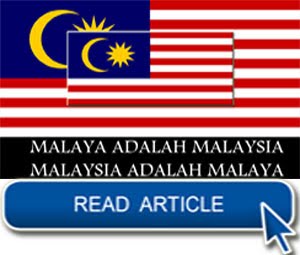
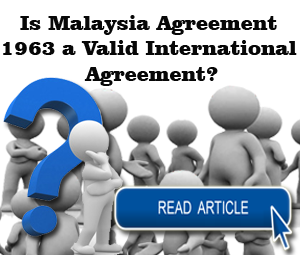

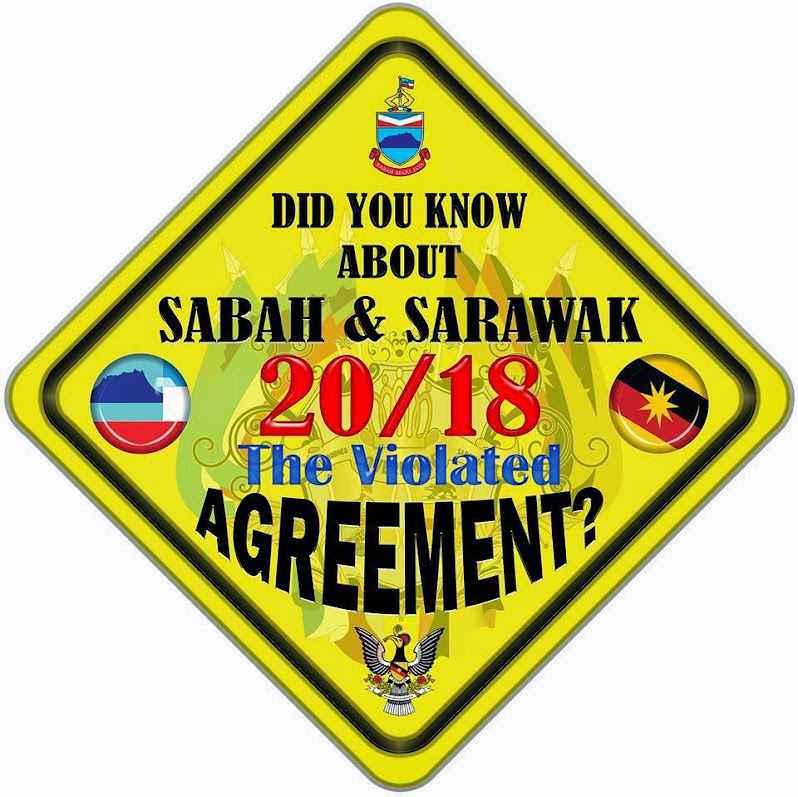
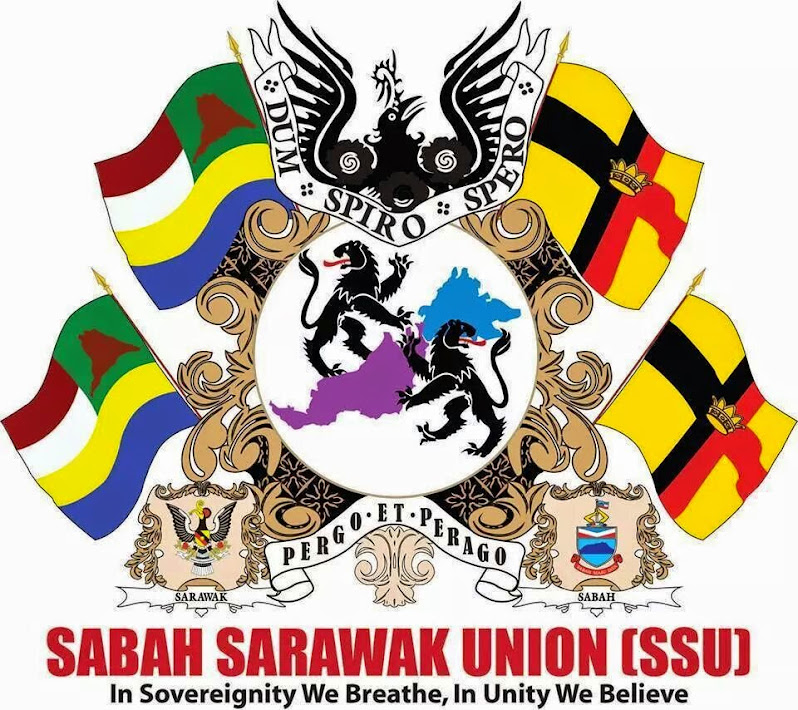











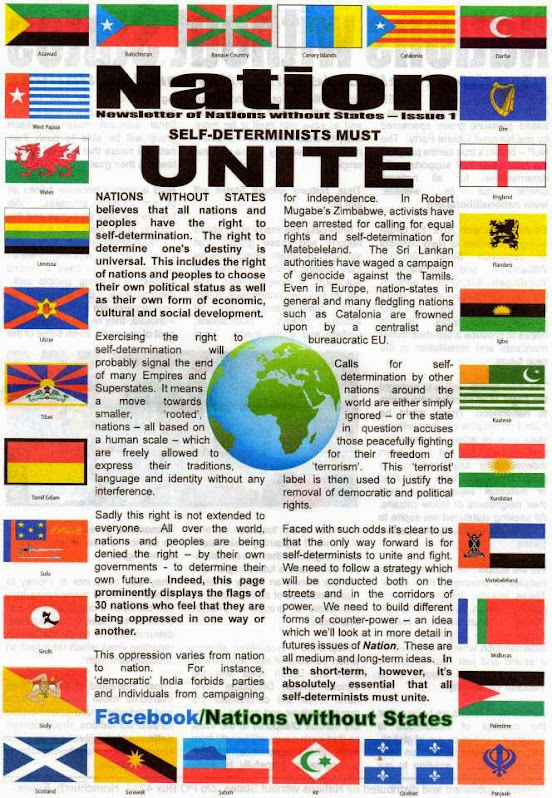


















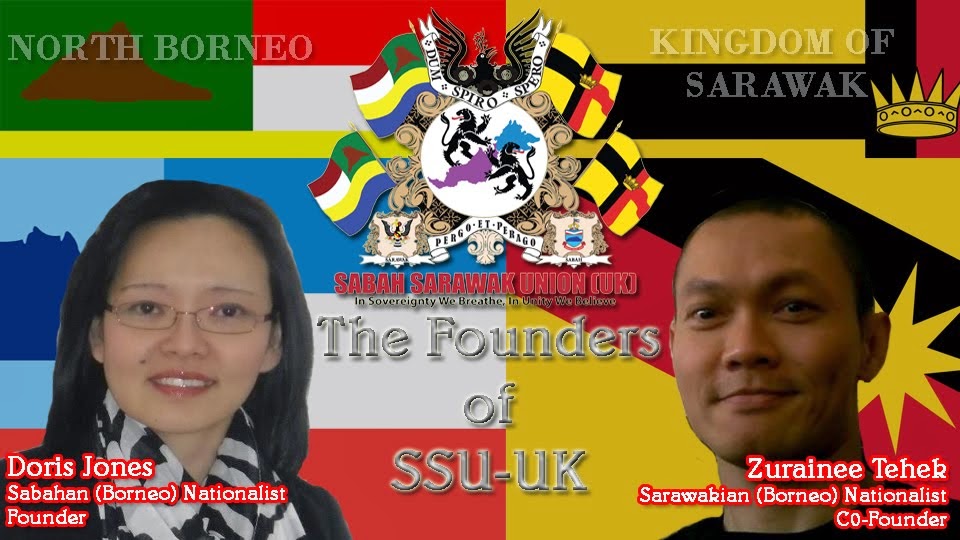

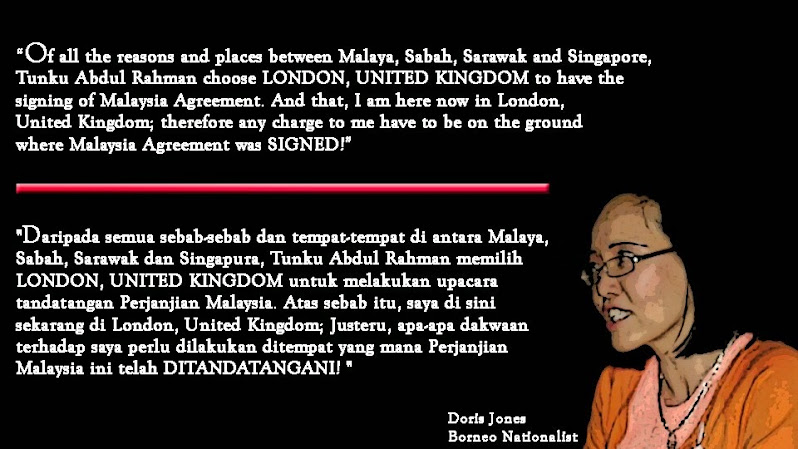




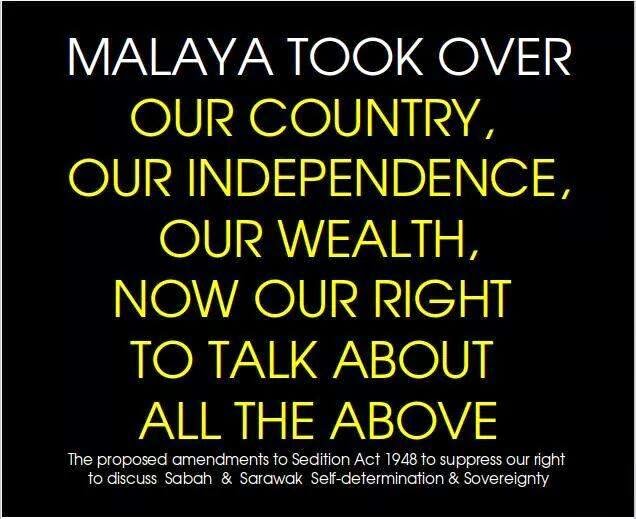




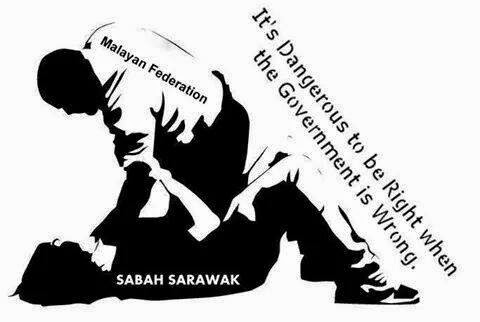





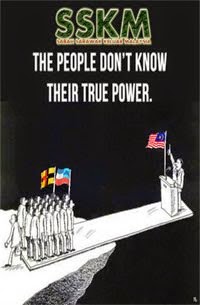

0 comments :
Post a Comment